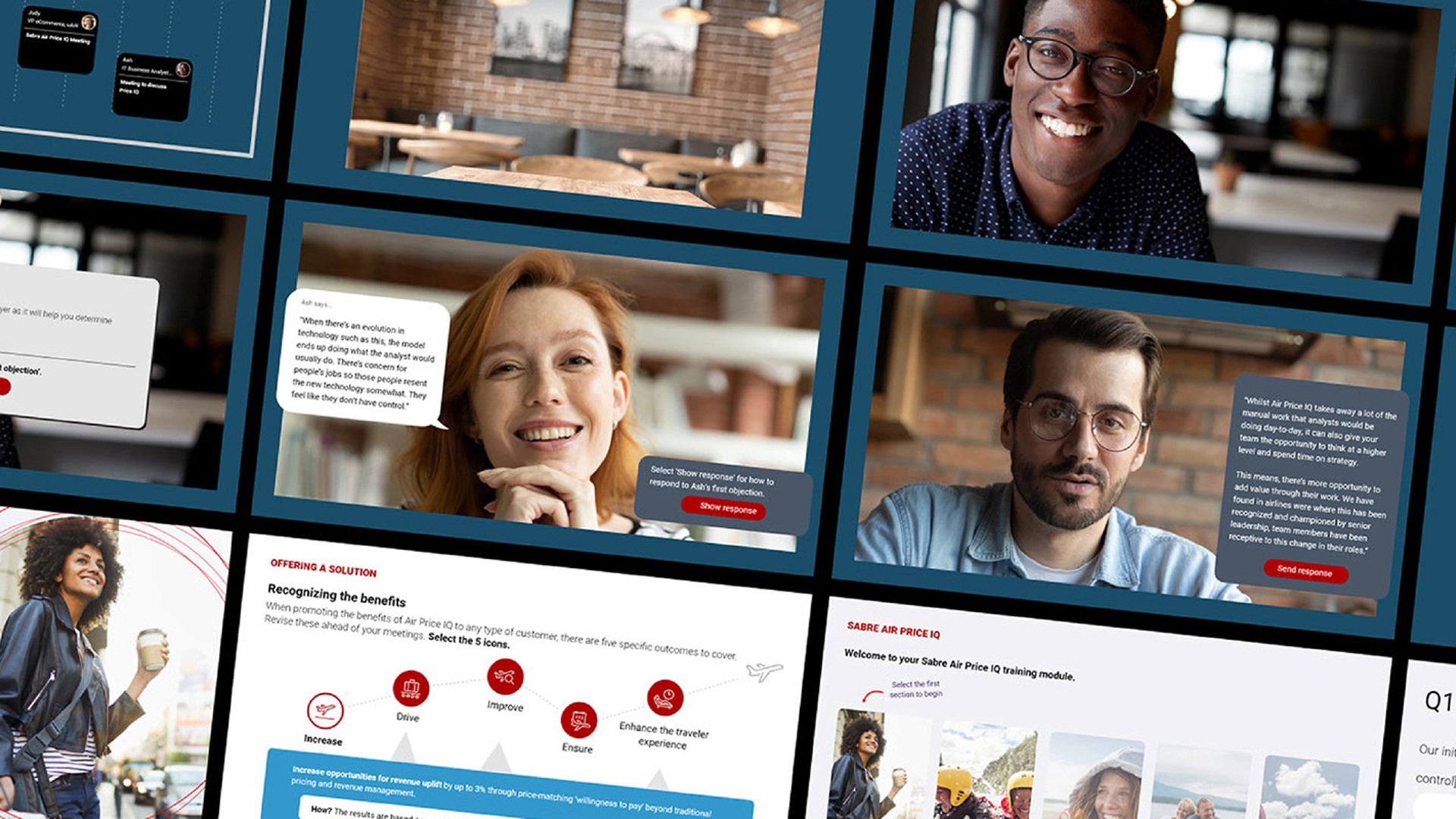
Subscribe Now
Keep up to speed and stay inspired with our monthly dose of learning news, trends, and exciting ideas.
Sign UpLatest articles

Keep up to speed and stay inspired with our monthly dose of learning news, trends, and exciting ideas.
Sign UpLatest articles